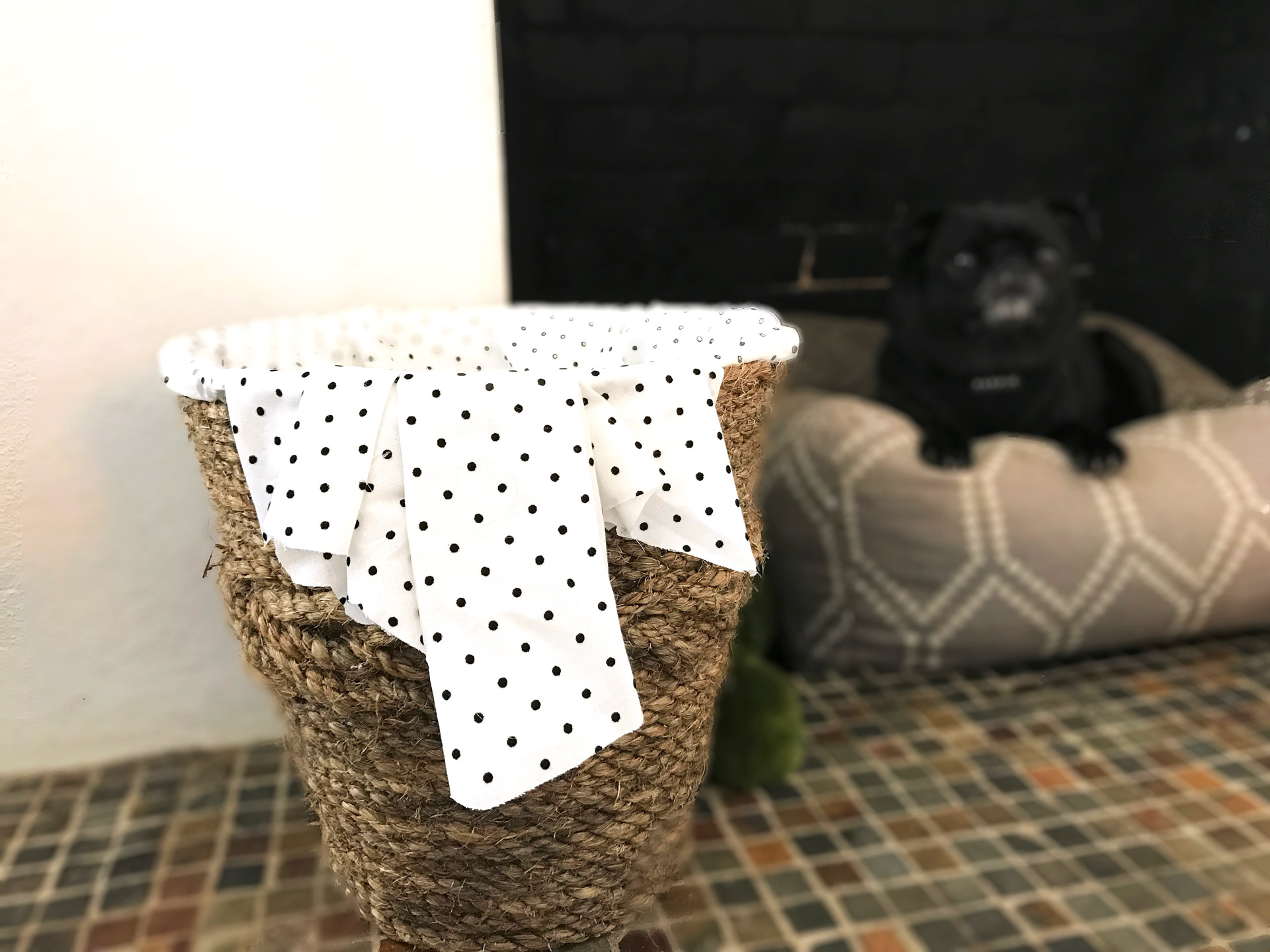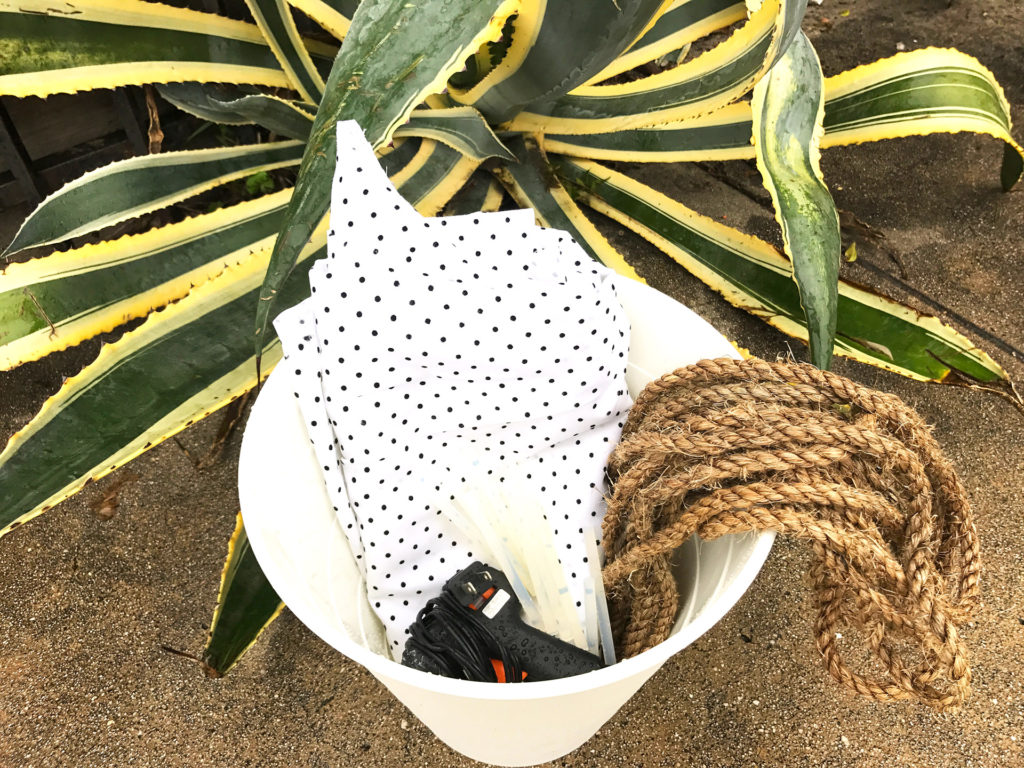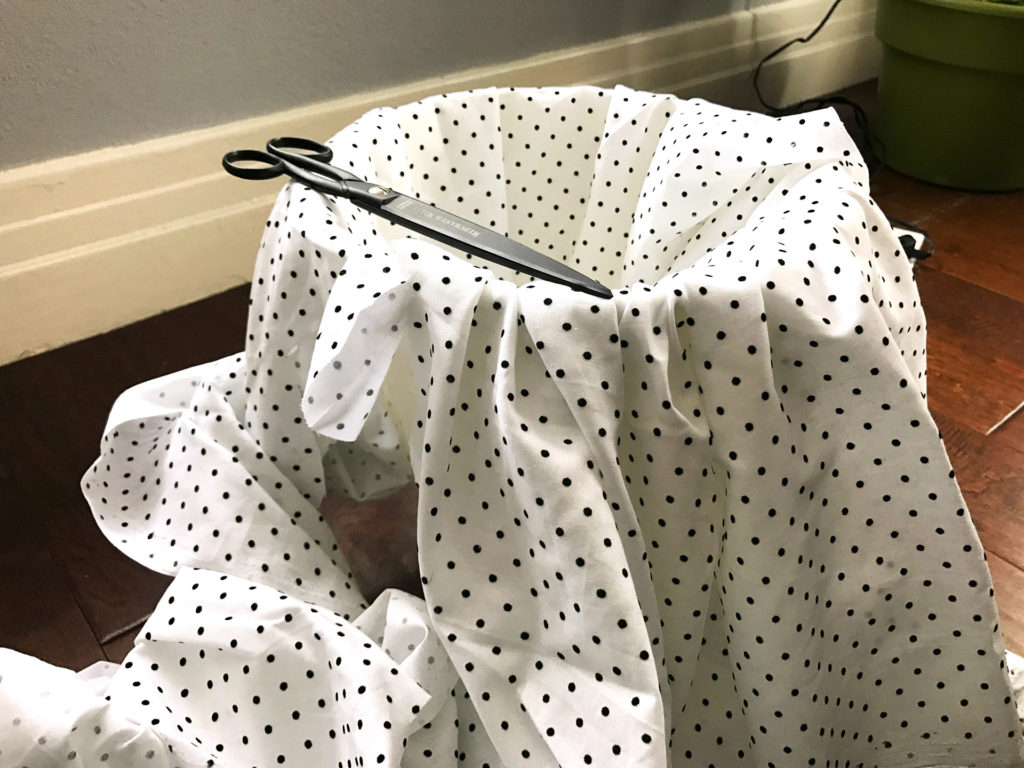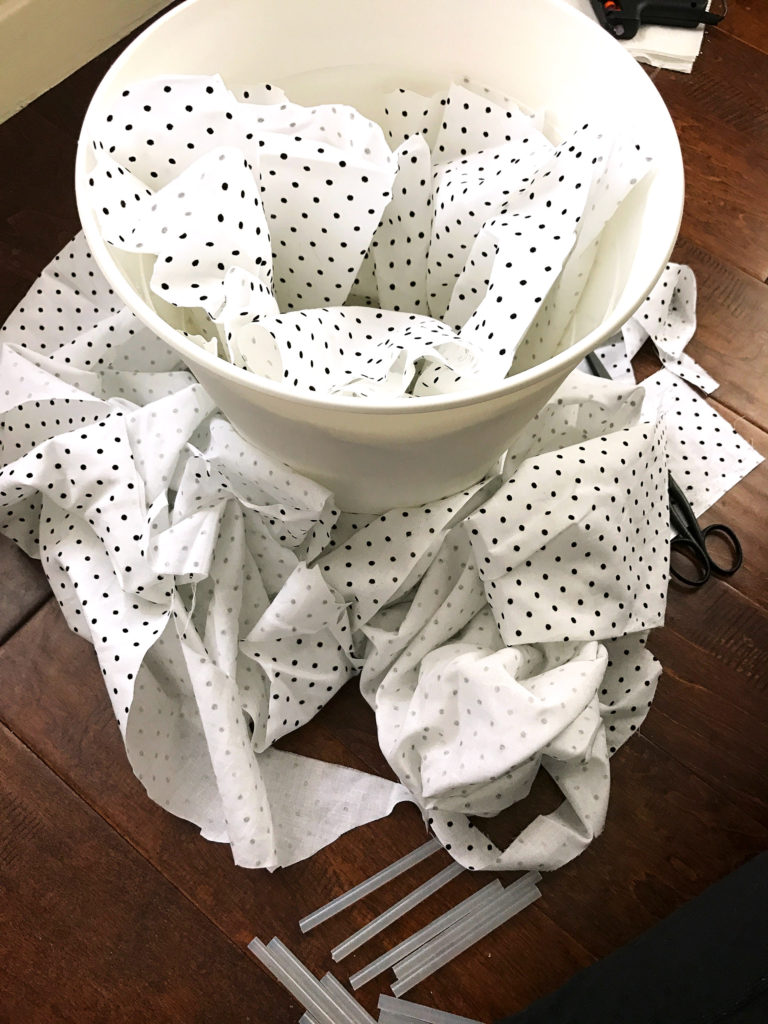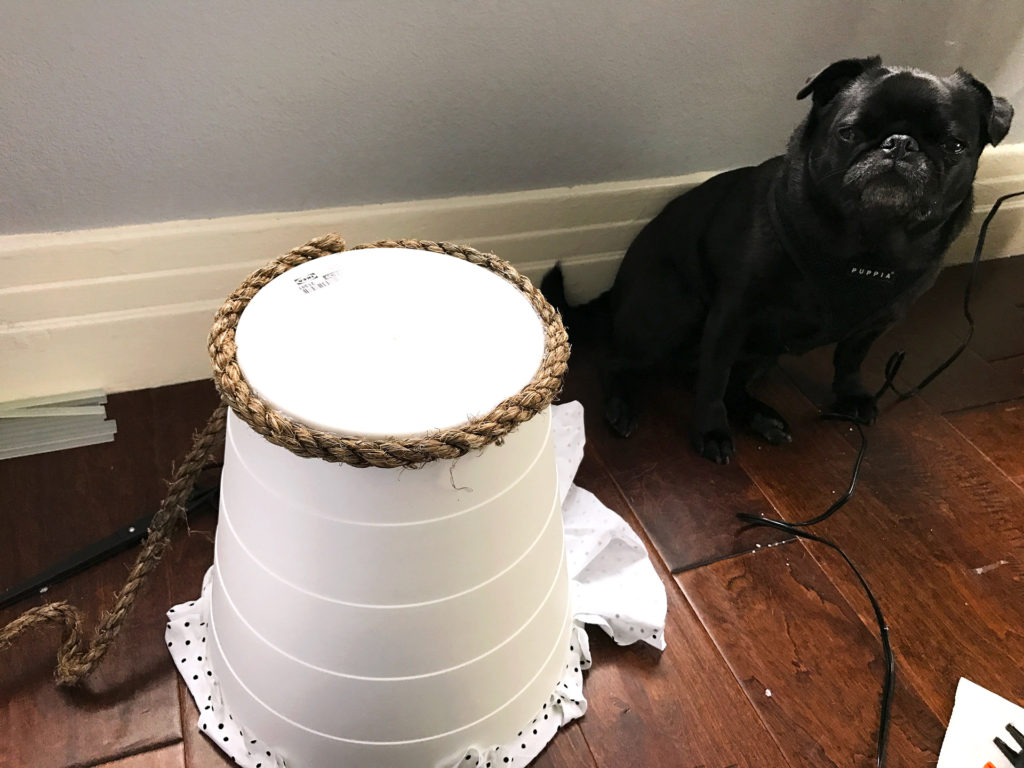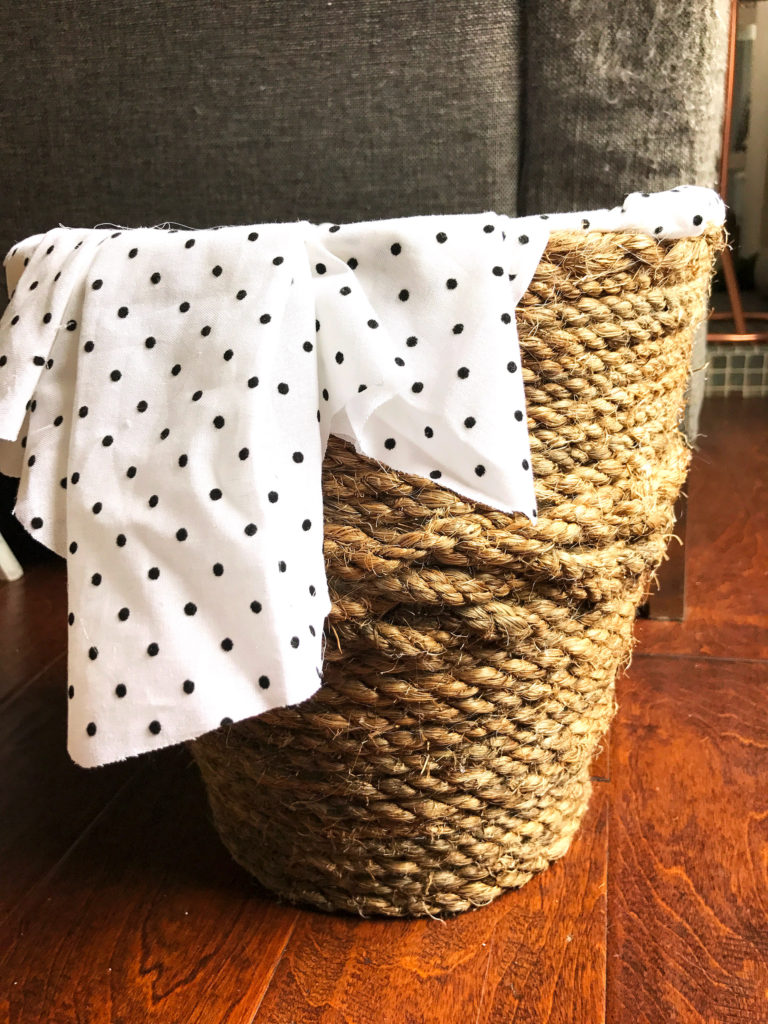What do babies need? I asked this as my husband and I set upon preparing and building a nursery for our first child.
Car seat, definitely. A crib? Or basinet? The nursery is small. Oh, it turns out we both want to share a bed with the baby, that solves it. High chair, but not for a while, right? When do we start solid food, again? What about a changing table? I think they are unnecessary; he likes the idea of a diaper station. Bottles, pacifiers, toys, socks. We need to get socks.
So, I began compiling lists. You might not think it, but babies need a lot of stuff. Or so we’re told by advertisements and baby stores. Children’s furniture is shockingly expensive, especially considering the size. Tiny people require tiny things, but eventually, all too quickly, they outgrow the tiny things. It seemed absurd to spend hundreds of dollars on any one thing that might last a couple of years or even a couple months. I started researching and asking advice from other parents. What we needed versus what we wanted. What was a life saver, and what we could do without. Slowly, items were being crossed off my lists.
We began making room. As my due date approached, we brought out the gear, clothes, furniture, and all things baby related we’d been collecting. I nested. I cleaned, organized, and folded tiny socks. We bought paint.
I began building a nursery.
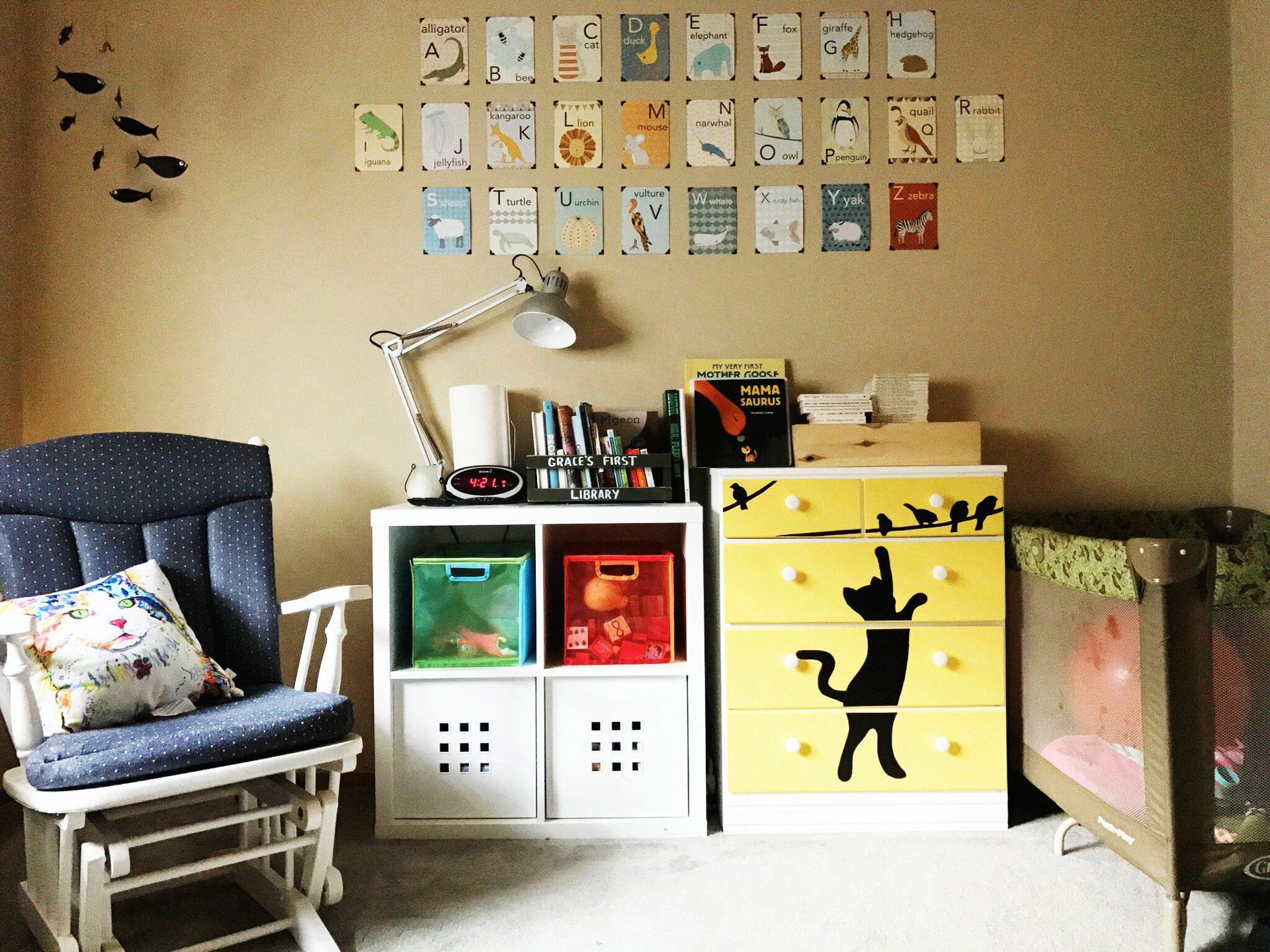
This is what you see when you first walk in the room. The end result came after several rearrangements, adding/taking away accent pieces and furniture. I’m sure it will continue to evolve as my daughter grows.
- One of my favorite parts about the nursery is this Alphabet I found on Etsy. I love the illustrations, and the set only cost $32. It was my first purchase specifically in mind for a baby’s room.
- A friend gifted the fish mobile in the upper left corner.
- The square floor shelf was pulled from another room because we decided furniture in the nursery looked better white. The colorful shelves were around $3 each on clearance at IKEA. Actually, the shelf came from IKEA, too. We super love IKEA.
- A friend gifted The Pack ’n Play because her little ones grew too old. We’ve yet to use it for anything other than storage, which is a nice dual purpose. The room is a small space, 10 x 10 feet, so it’s nice to quickly pull her tummy time mat off the floor and out of the way. When I’m carrying around a crying baby, I don’t want to trip on “stuff.”
The Dresser:
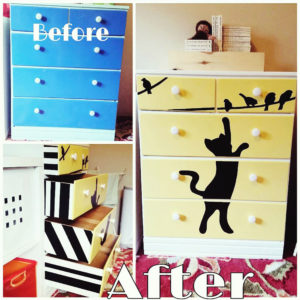 I saved on cost by buying used and fixing up. This is the before/after of the dresser I bought on craigslist for $40. I only have this photo from my Instagram of the “original” blue. It took FOREVER to finish this 3-foot tall dresser. Or felt like forever because I was working in a hot garage at the end of summer while 8 months pregnant. Unfortunately, I never took progress pictures. So I’ll give a description of my work:
I saved on cost by buying used and fixing up. This is the before/after of the dresser I bought on craigslist for $40. I only have this photo from my Instagram of the “original” blue. It took FOREVER to finish this 3-foot tall dresser. Or felt like forever because I was working in a hot garage at the end of summer while 8 months pregnant. Unfortunately, I never took progress pictures. So I’ll give a description of my work:
- Sanded down the blue paint (with help from my husband).
- Painted several coats of white, excepting the back and bottom, and the yellow fronts of the drawers.
- Painted several coats of the yellow.
- Taped off the sides of the drawers and painted the black stripes.
- I found an image online of a cat silhouette, then birds, and I drew onto the dresser. Full disclosure, I just copied a cat image from Google because it’s not like I’m trying to sell this. Then, painted in the black.
- The knobs were a dollar each from Home Depot.
When I put the shelves back in order, the two smallest with birds didn’t fit. After a week of working on this, usually in a couple 2-3 hour blocks each day, I thought I might die. I cried a lot. After a small breakdown, I swapped drawers, and tada—they fit! Good enough. I spent so much painstaking time getting everything just right during two days of touch-ups using paint dipped q-tips, that I was done. Other than that tiny mistake, I really love it!
Building a Nursery: It’s all in the details.
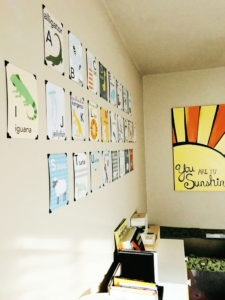 In the photo on the left, I fixed the alphabet to the wall with adhesive photo corners from a local craft store. They didn’t stay stuck, though. After a couple of days, the cards began falling off. So, I got some sticky tac, and they’ve been up without issue since. I really like the finished look of the photo corners, which saved on cost. It gives the illusion of framing, without the expense of actually framing.
In the photo on the left, I fixed the alphabet to the wall with adhesive photo corners from a local craft store. They didn’t stay stuck, though. After a couple of days, the cards began falling off. So, I got some sticky tac, and they’ve been up without issue since. I really like the finished look of the photo corners, which saved on cost. It gives the illusion of framing, without the expense of actually framing.
 To the right, the 3×3 feet “you are my sunshine” painting. I used the paint we’d purchased for the baby furniture, plus a little orange I found in the garage. The leftover plywood came from my husband building our platform bed. Upcycling is a great way to stay within a budget!
To the right, the 3×3 feet “you are my sunshine” painting. I used the paint we’d purchased for the baby furniture, plus a little orange I found in the garage. The leftover plywood came from my husband building our platform bed. Upcycling is a great way to stay within a budget!
***
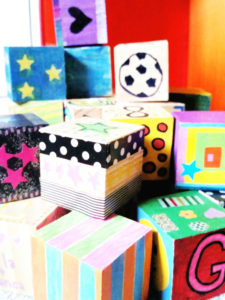
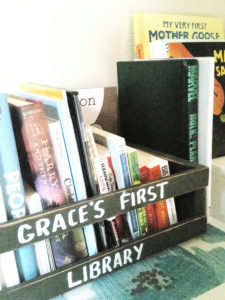
The handmade blocks and “Grace’s First Library” are two aspects of the room which came out of our baby shower; therefore costing us nothing. Instead of decorating onesies, I wanted something my daughter could get use out of years down the road. We set up a station with crafts and paint, and guests designed these special toys just for her.
On the shower invitation, I asked that each person brings their favorite children’s book to start her collection. We now have over 40 books, and she’s 5 months old.
Rocking Chair Project:
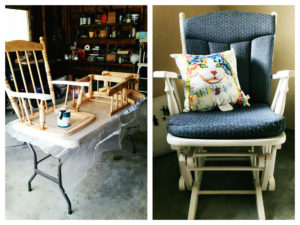
Here, I again did not take progress pictures. I didn’t expect to be sharing any of this with the public, so it never crossed my mind. The chair cost $12 at a local Habitat for Humanity store. We’d been searching for months, so when my husband showed up with that sweet deal, he found me elated. Until I realized he brought me another painting project. I love how it turned out, though, so we both did a good job.
- My husband took apart the chair and helped me sand. Sanding sucks, even without a huge belly.
- I painted 3 coats, and it was all tedious. If you look really close, which please don’t, you can see where I got tired of painting and got sloppy toward the bottom. Whatever, it looks way better than the original brown, right?
- I purchased the cat pillow a couple years ago, and now it fits perfectly with the unintentional animal theme.
The Closet
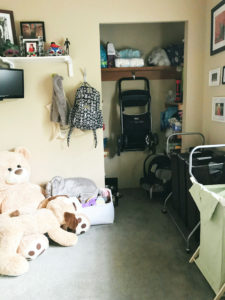
This is the back wall of our nursery. A closet is not particularly eye-catching, but this shows how we utilized room in the small space. We spent a lot of time organizing. Everything has a place, and we do our best to put things where they belong. This is a huge help in keeping the room decluttered.
- Her diaper bag and stroller hang on designated hooks, which makes it easy to always put them away after each use. Less clutter for the ground.
- We took the door off the closet to make the area feel more open.
- Shelves are great for decorating and storage. Above the tiny TV, we have a little family photo section. Plus The Hulk piggy banks from when my husband was a kid. Passing down = cost saving. Inside the closet, each shelf contains similarly themed items (work out gear: yoga mat/hand weights, canned cat food/treats, breastpump/accessories).
- To the right we have our laundry baskets, both purchased on clearance. The larger one for the adults, the smaller for our daughter. Fabric makes them look a little fancier than plastic, and since they are exposed and easily accessed, instead of crammed in a closet, we keep dirty clothes picked up. Again, less clutter in a small space is key to having the room feel big.
- The stuffed animal corner cost us $20. My husband found another sweet deal on the large bear, and the rest were free from the local “Buy Nothing” Facebook group, or gifts.
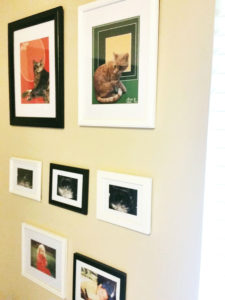
This is another example of how I saved on cost while building a nursery. I bought these picture frames at Goodwill and painted them black and white (again, using what we already have). I drew digital pictures of our cats, framed the first ultrasound pictures of our daughter, and printed a couple photos from when my husband and I were kids (our favorite of each other). One of a kind, personal artwork makes the room unique, and this section cost less than $10!
The moral of my story:
It’s relatively easy to spend a lot of money building a nursery. If done right, it can be incredibly easy to save. Everything pictured that we bought specifically for the nursery, totaled under $200. You’ll notice no crib is in the room. We decided to co-sleep with a family bed, so our daughter sleeps with us. Good thing we own a king sized bed. I convinced my husband we don’t need a changing table. Instead, we change her on the bed, which is more convenient for us anyway.
- Bringing what you can off the floor is going to help save space when building a nursery.
- Use your own crafty ways to decorate the nursery (or any room) to save on cost.
- Upcycle.
- Check out local groups online.
- Browse craigslist every day.
- Find a friend, like I did, whose kids are slightly older than yours, and take all their hand-me-downs.
We’ve paid for almost nothing full price while prepping for baby and building a nursery. Except for socks. We totally bought socks.
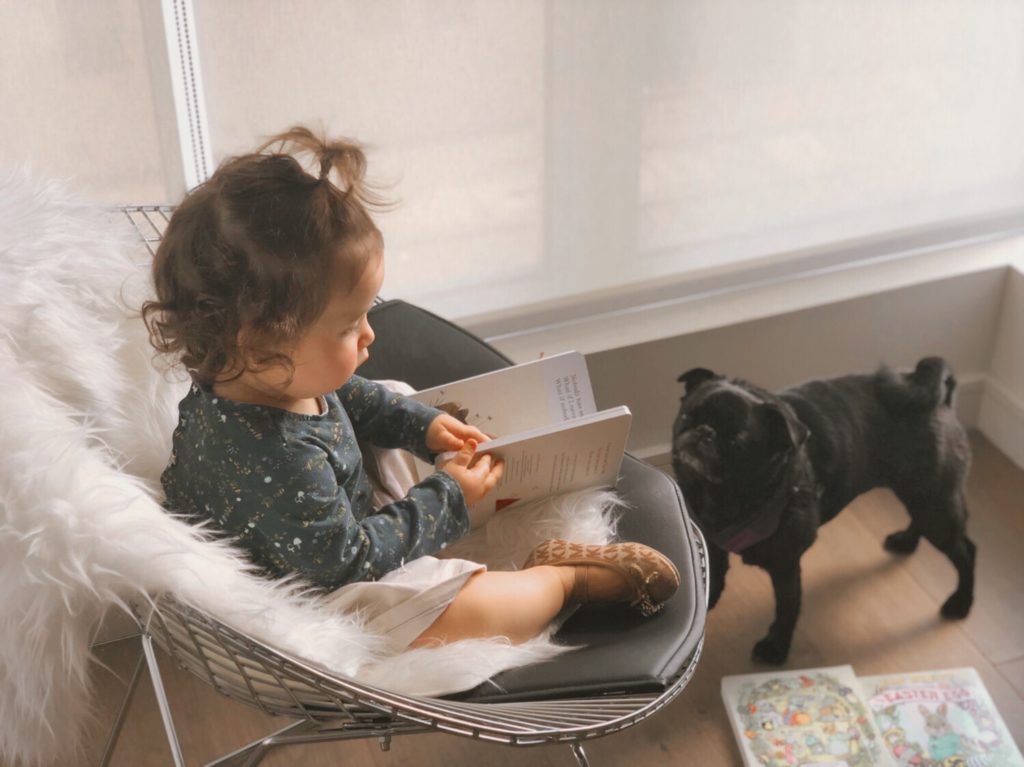
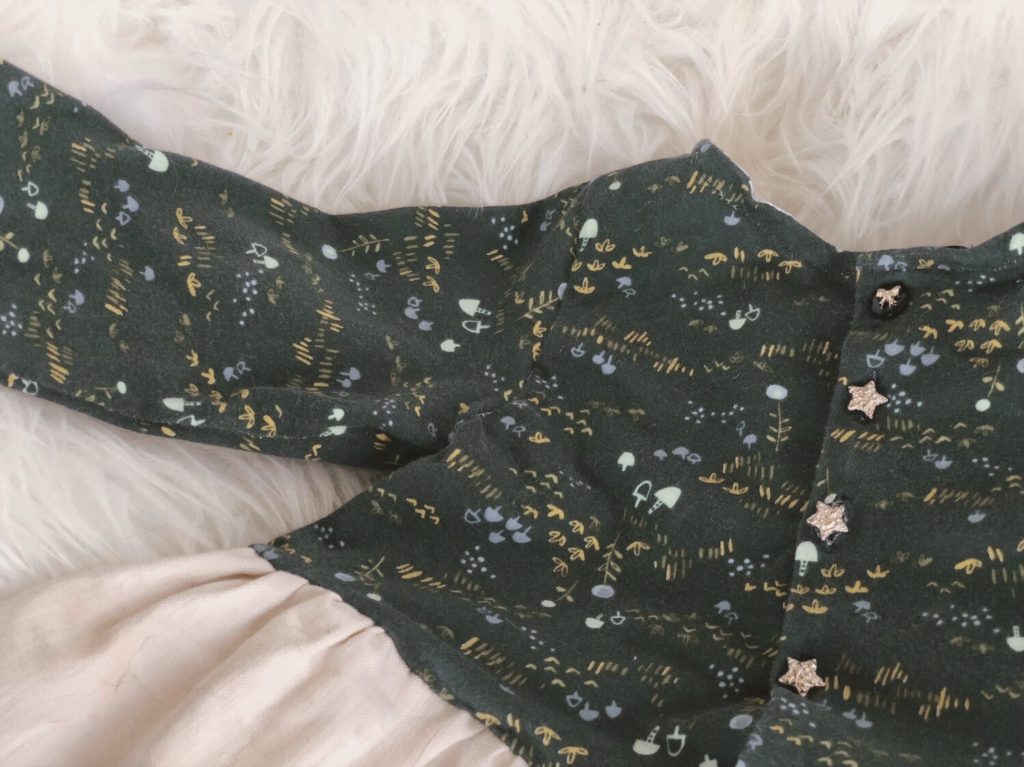
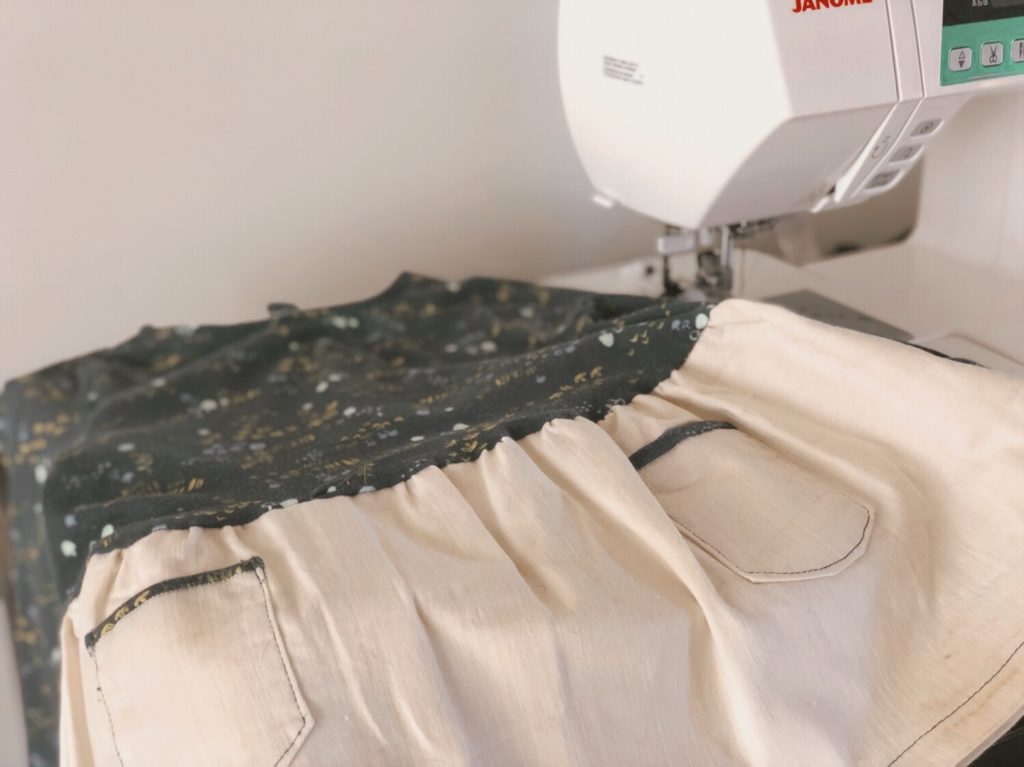
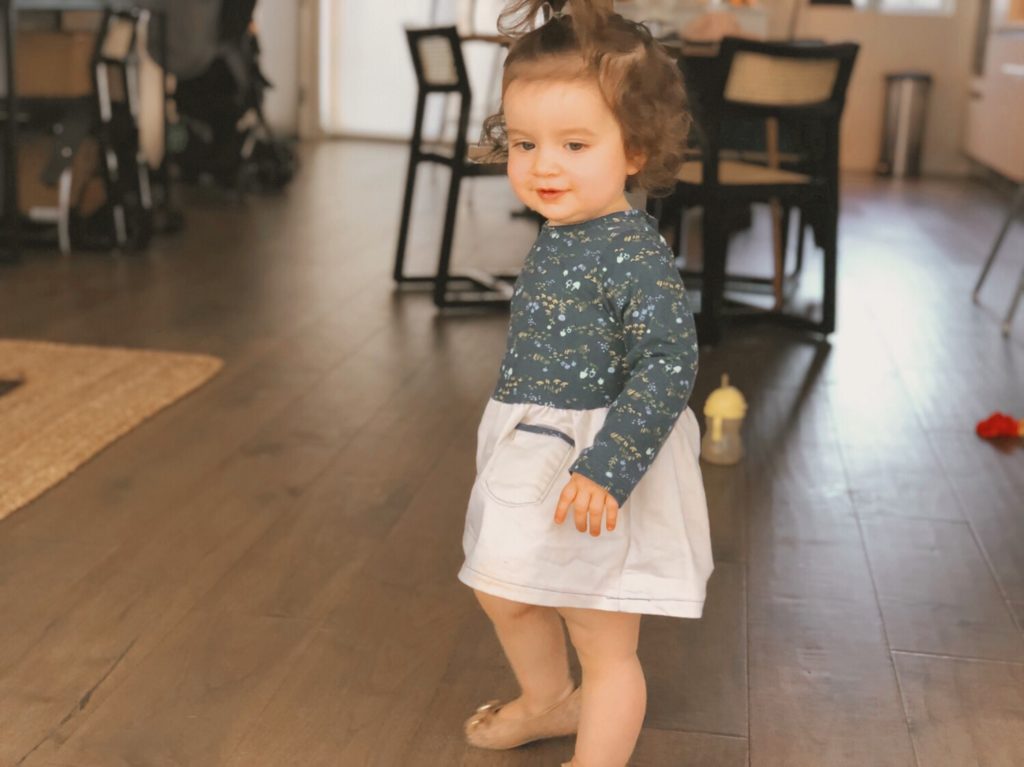
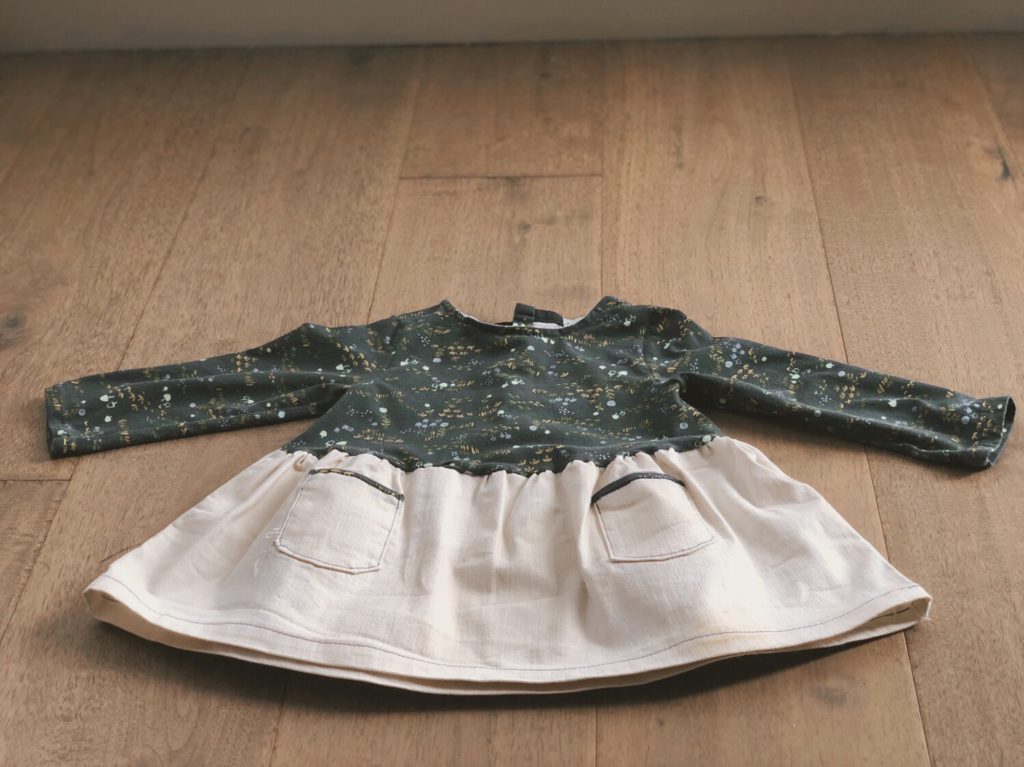
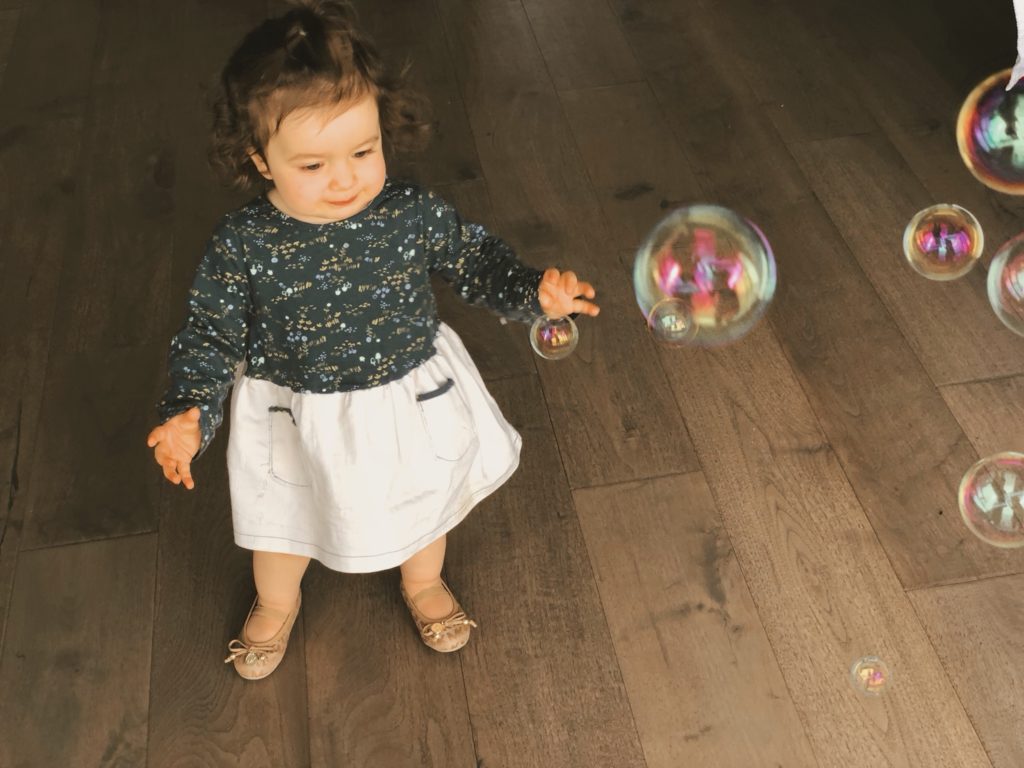
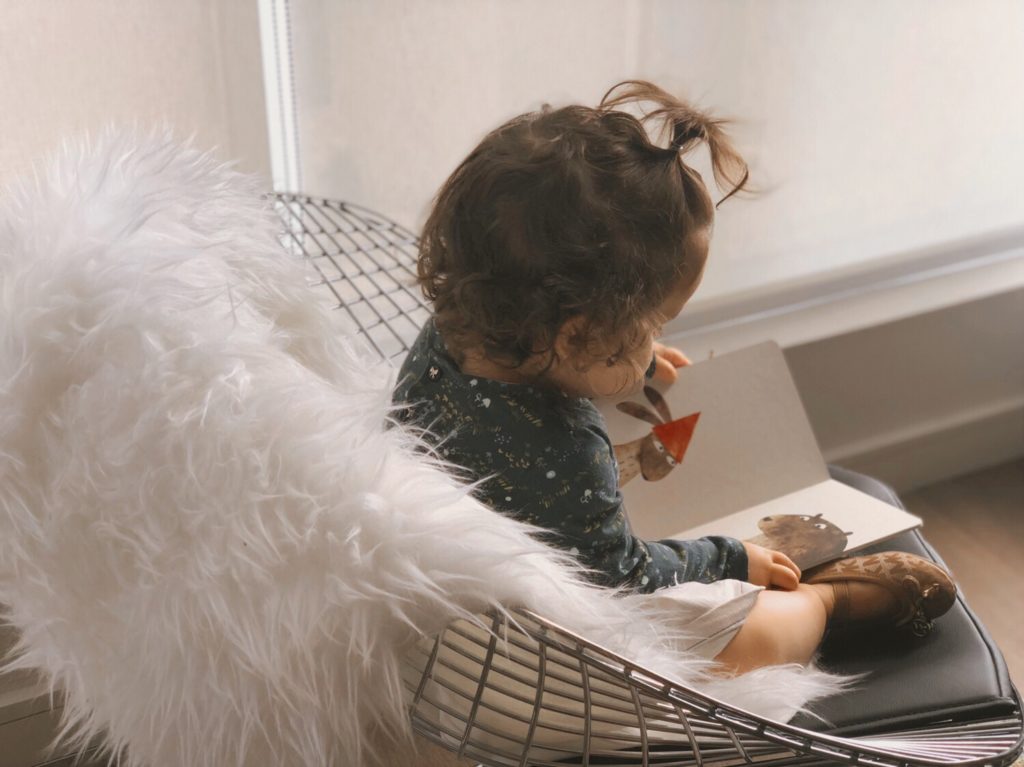
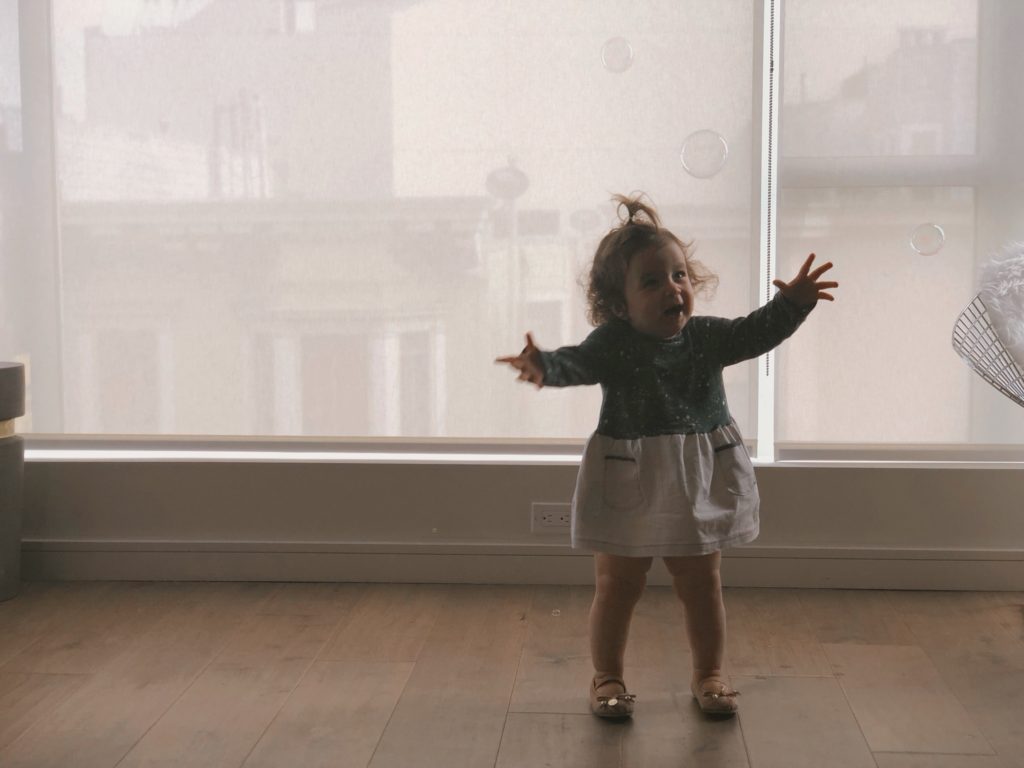
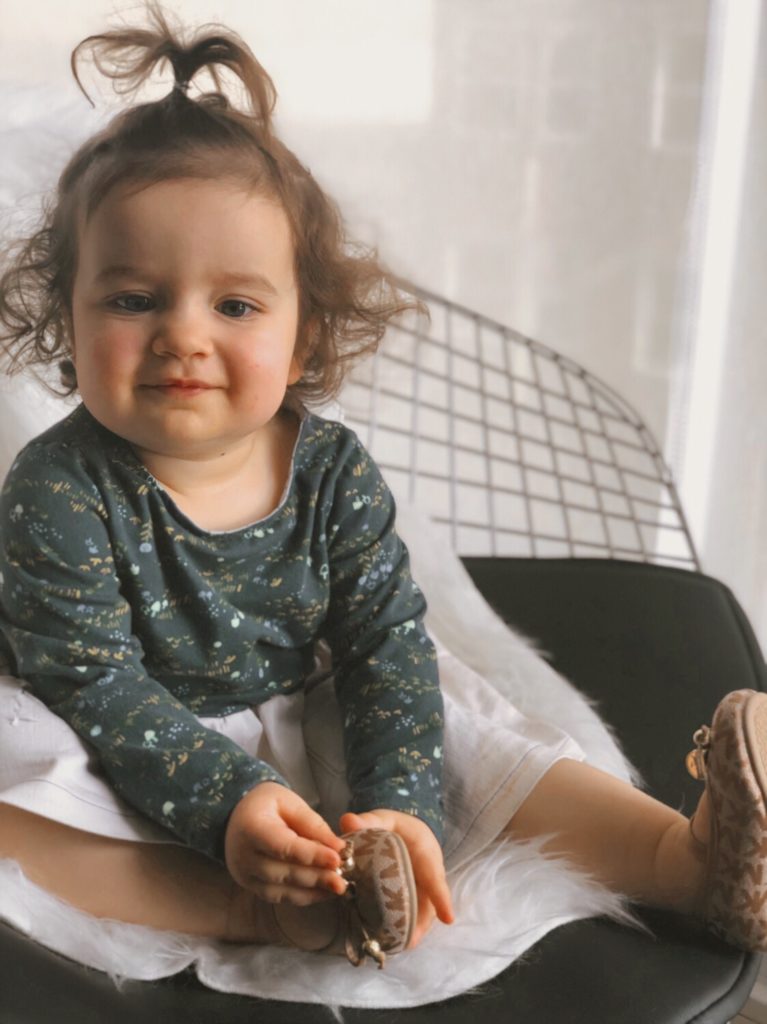
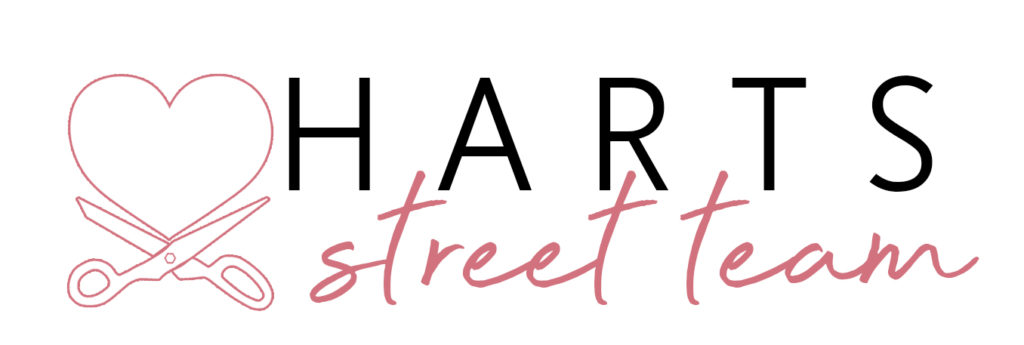

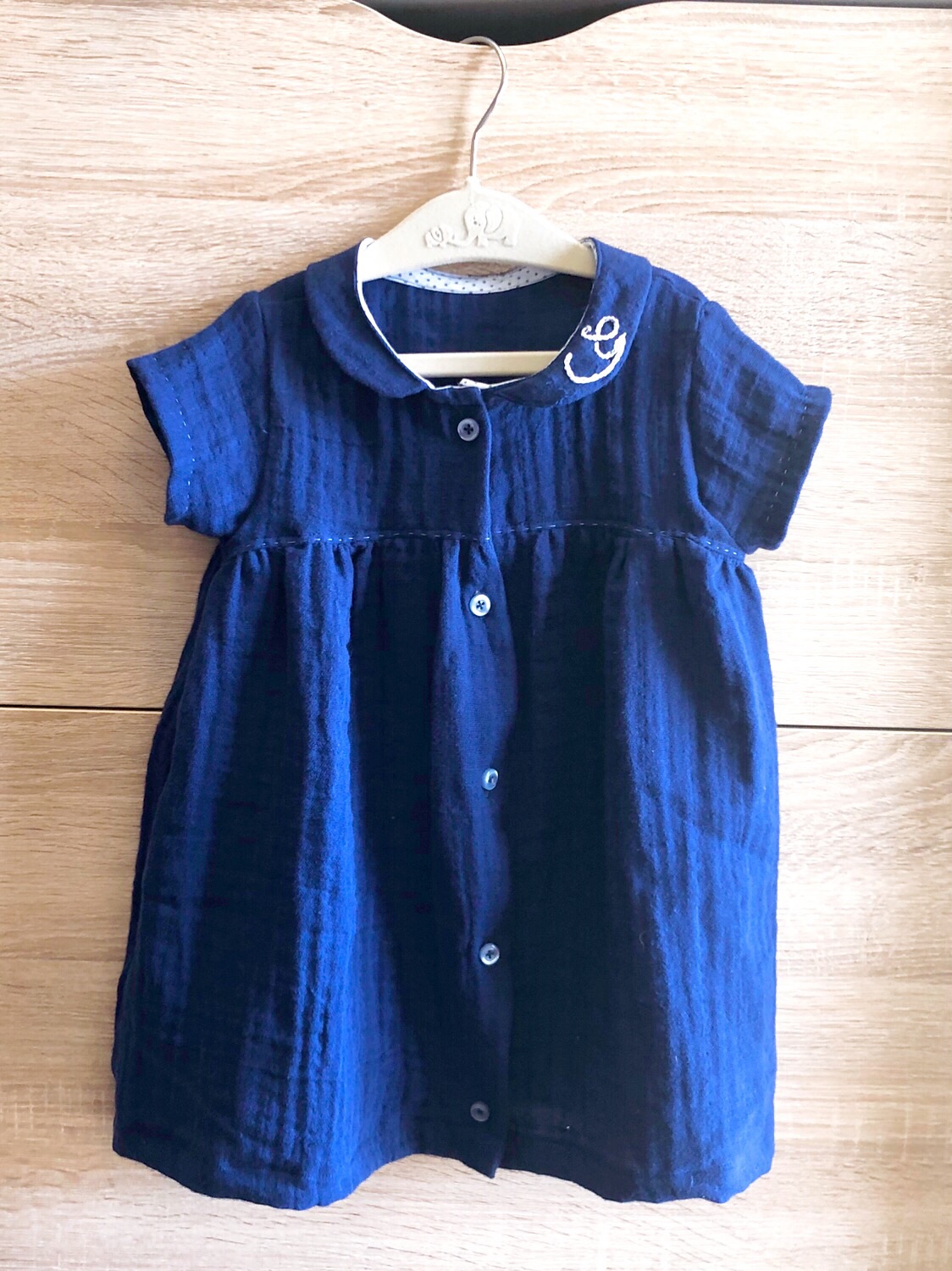
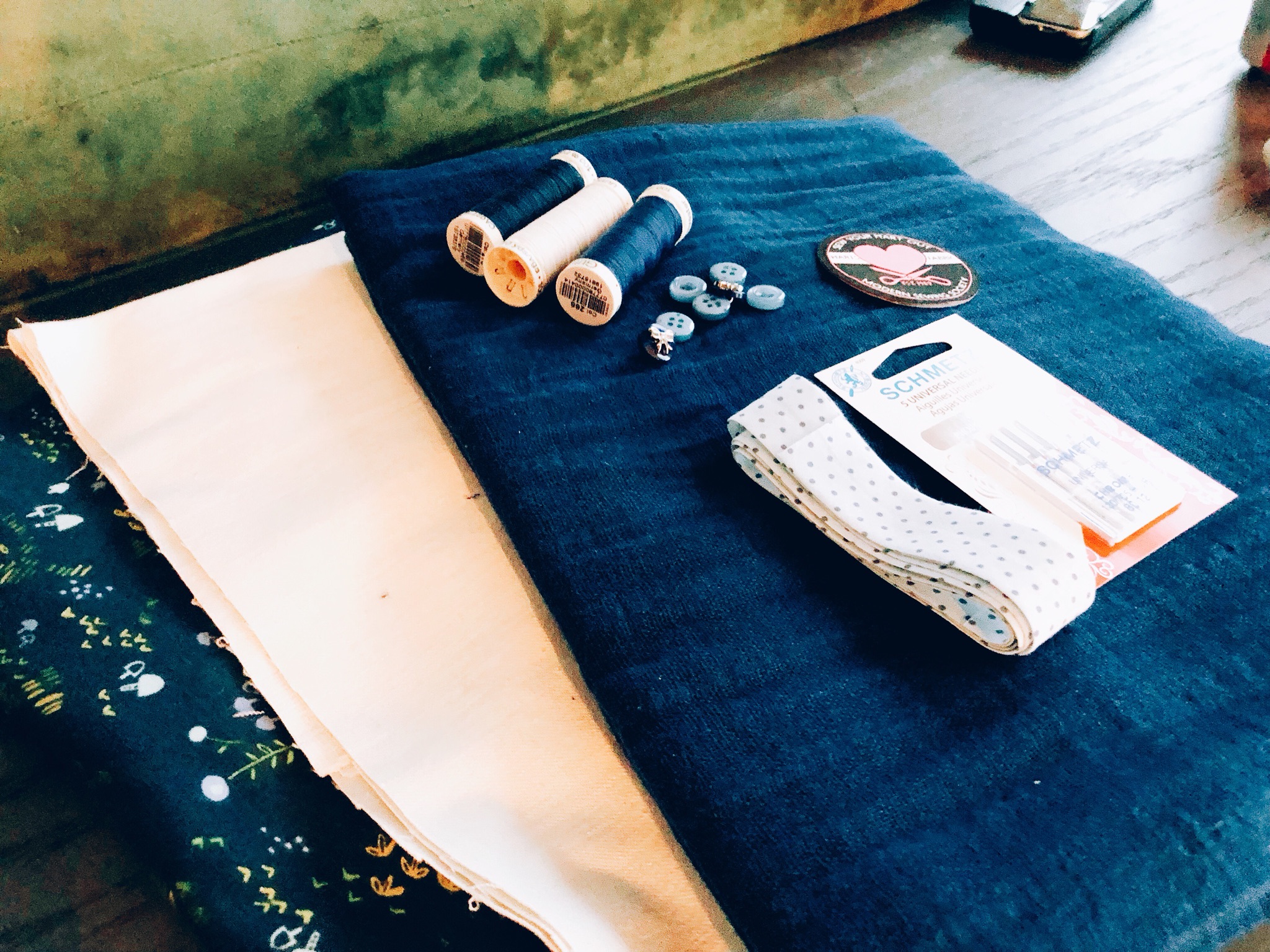

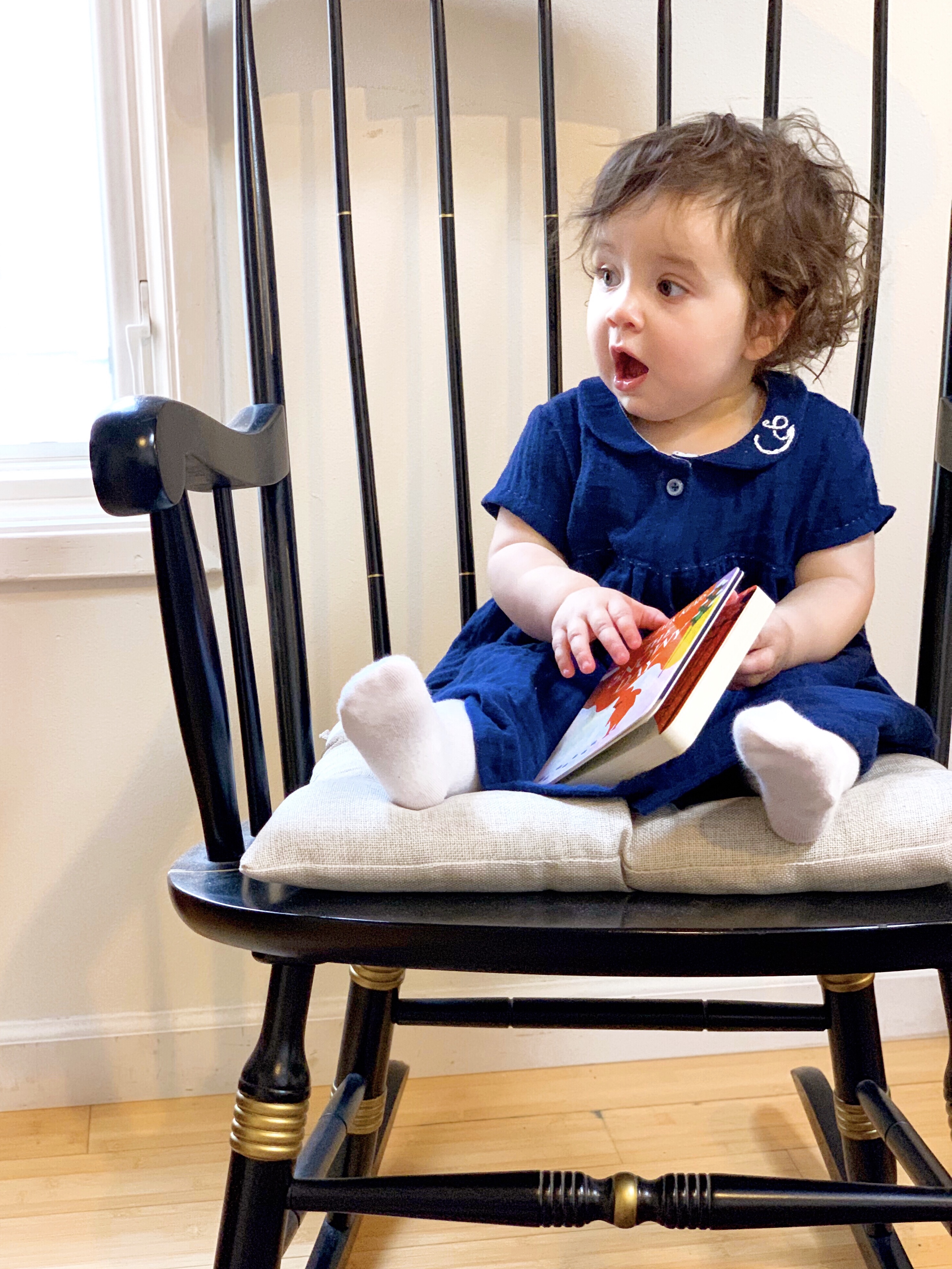
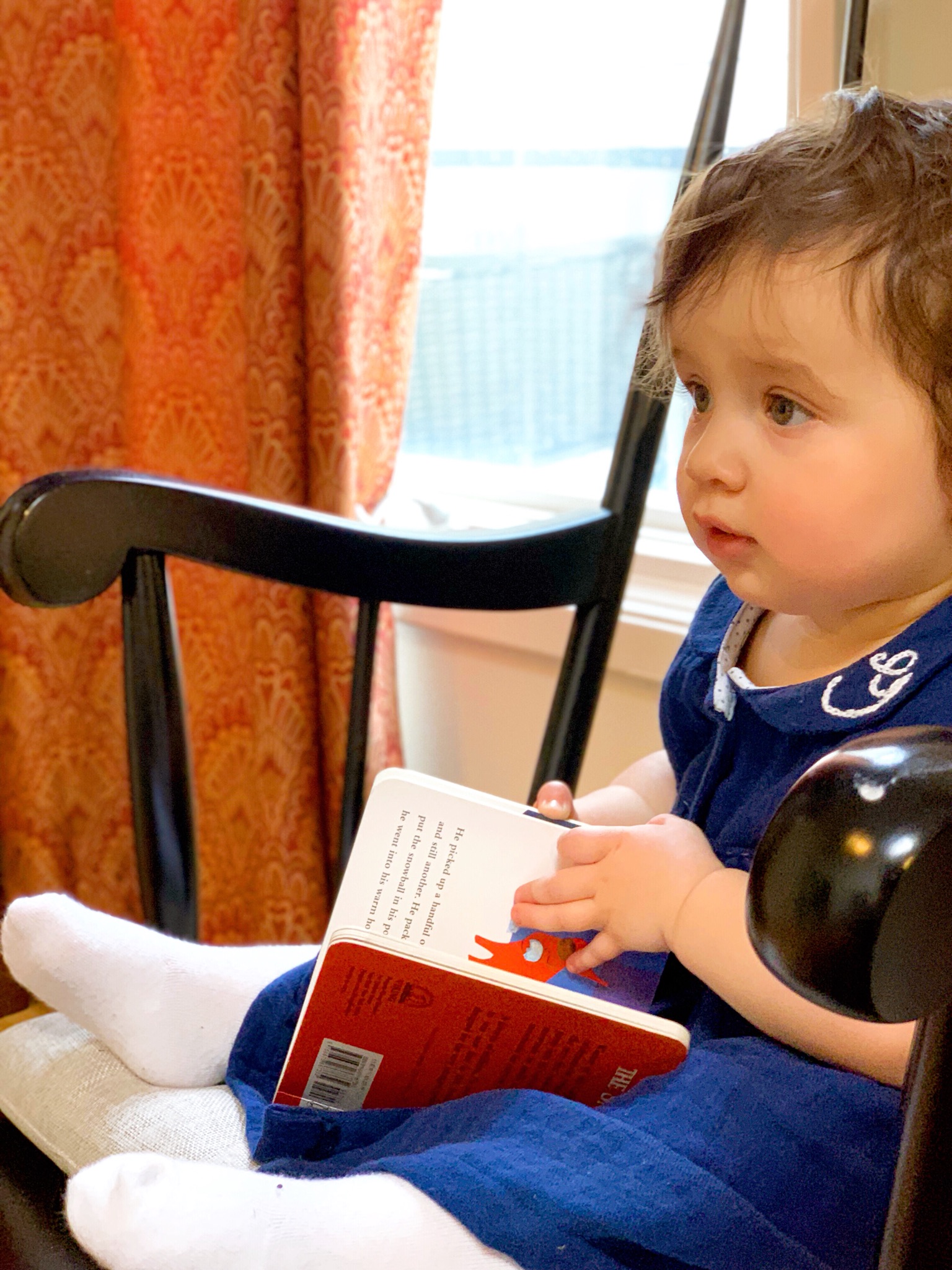

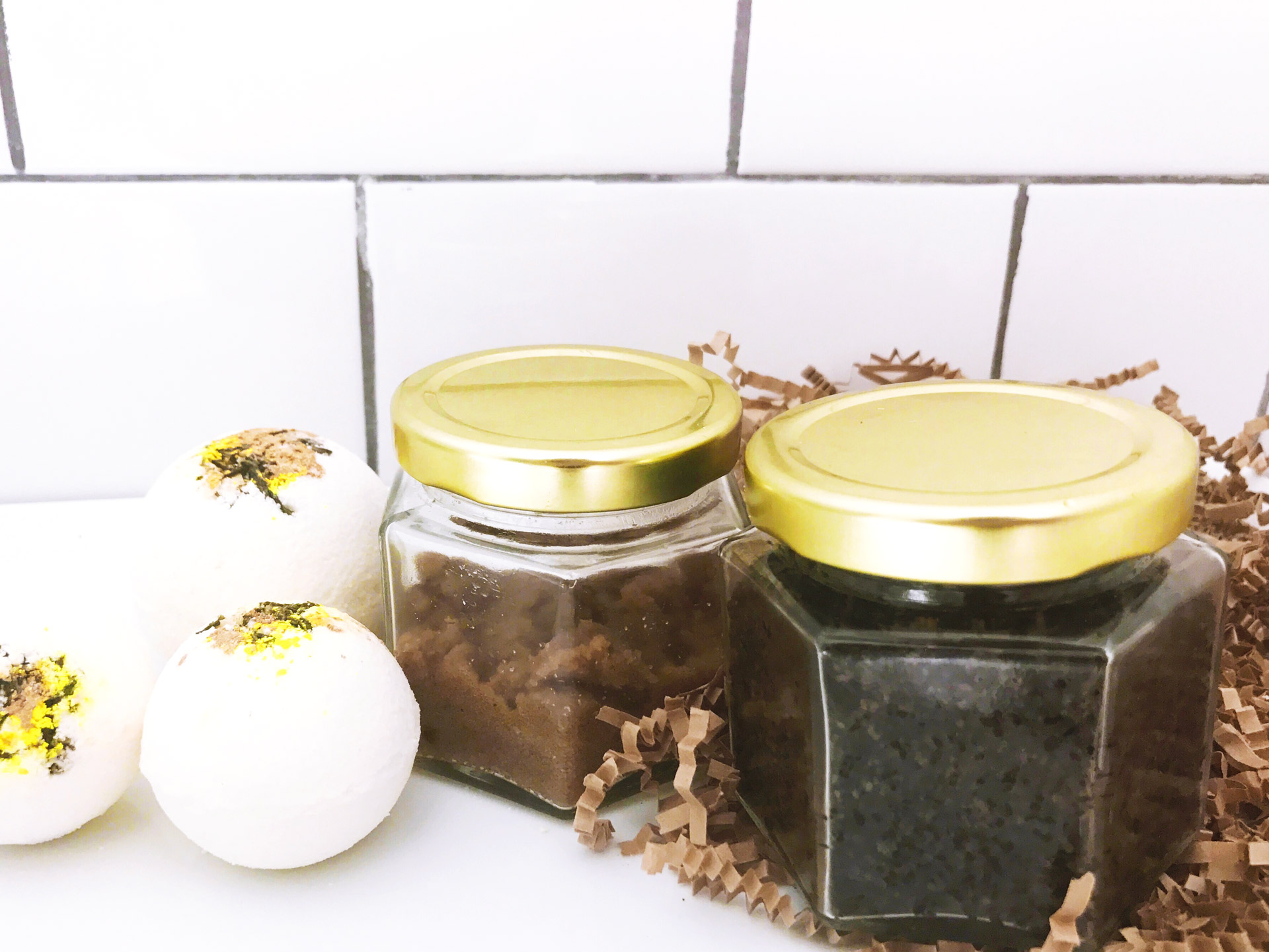

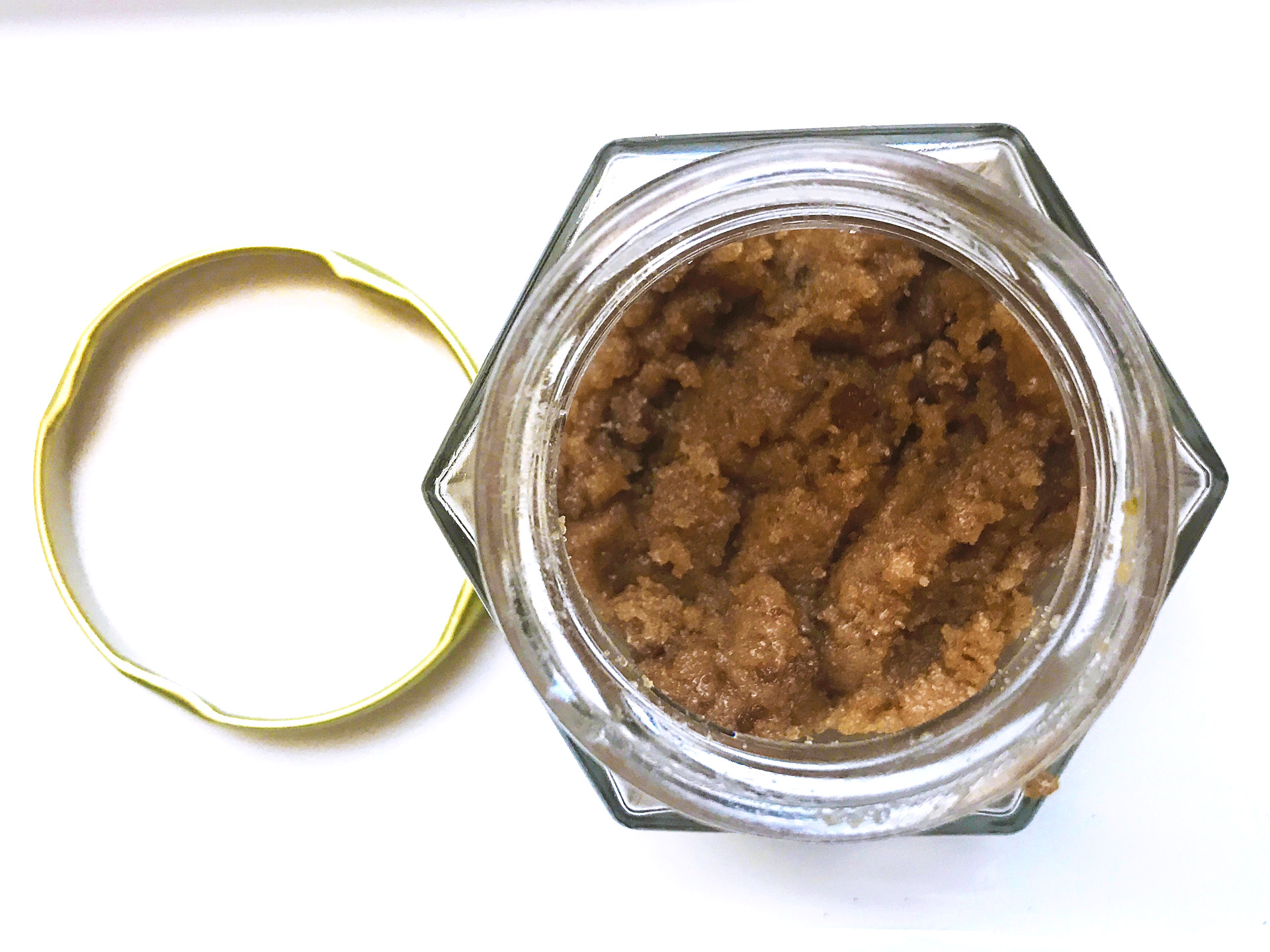
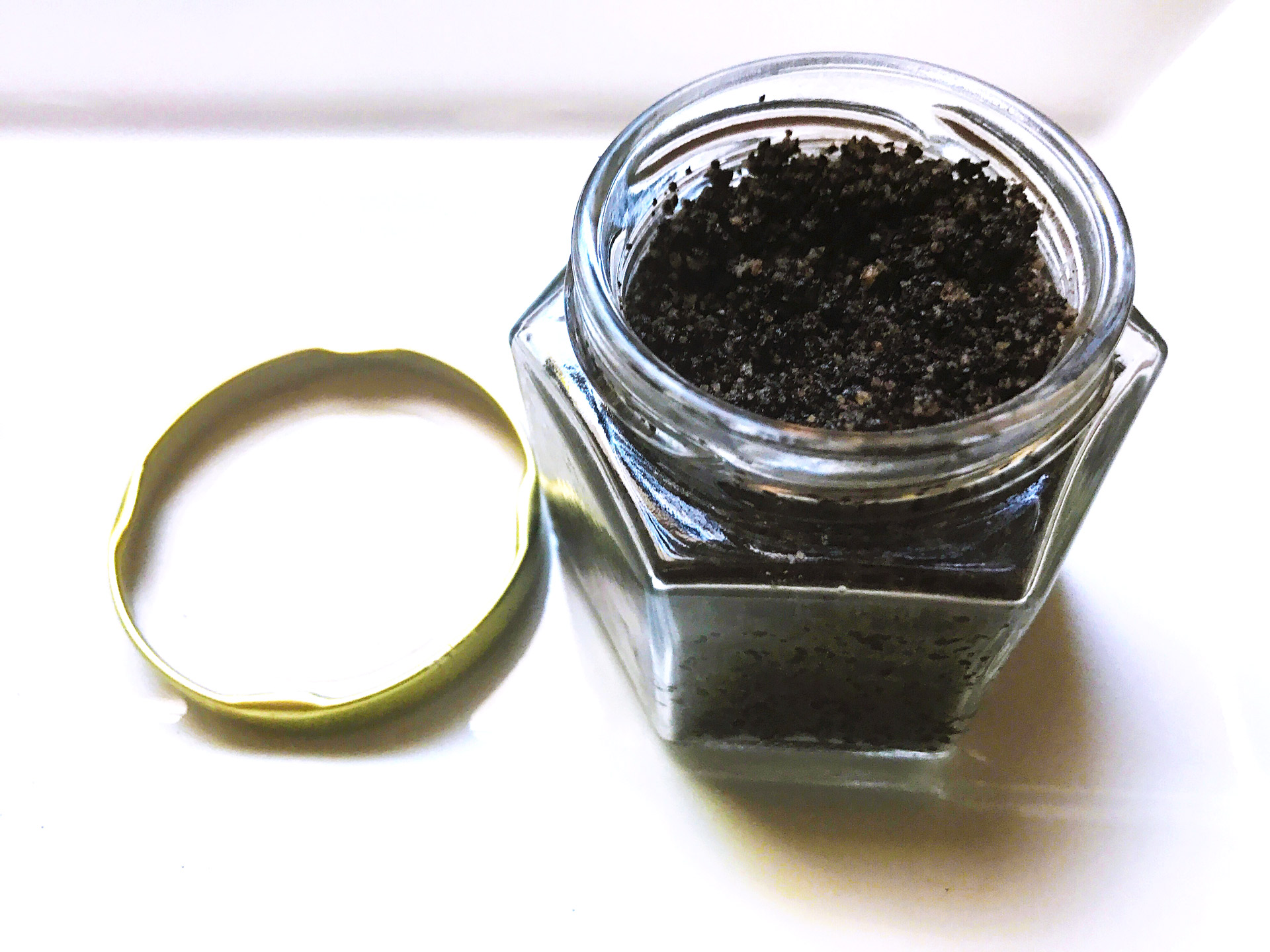 Face and Body Scrub
Face and Body Scrub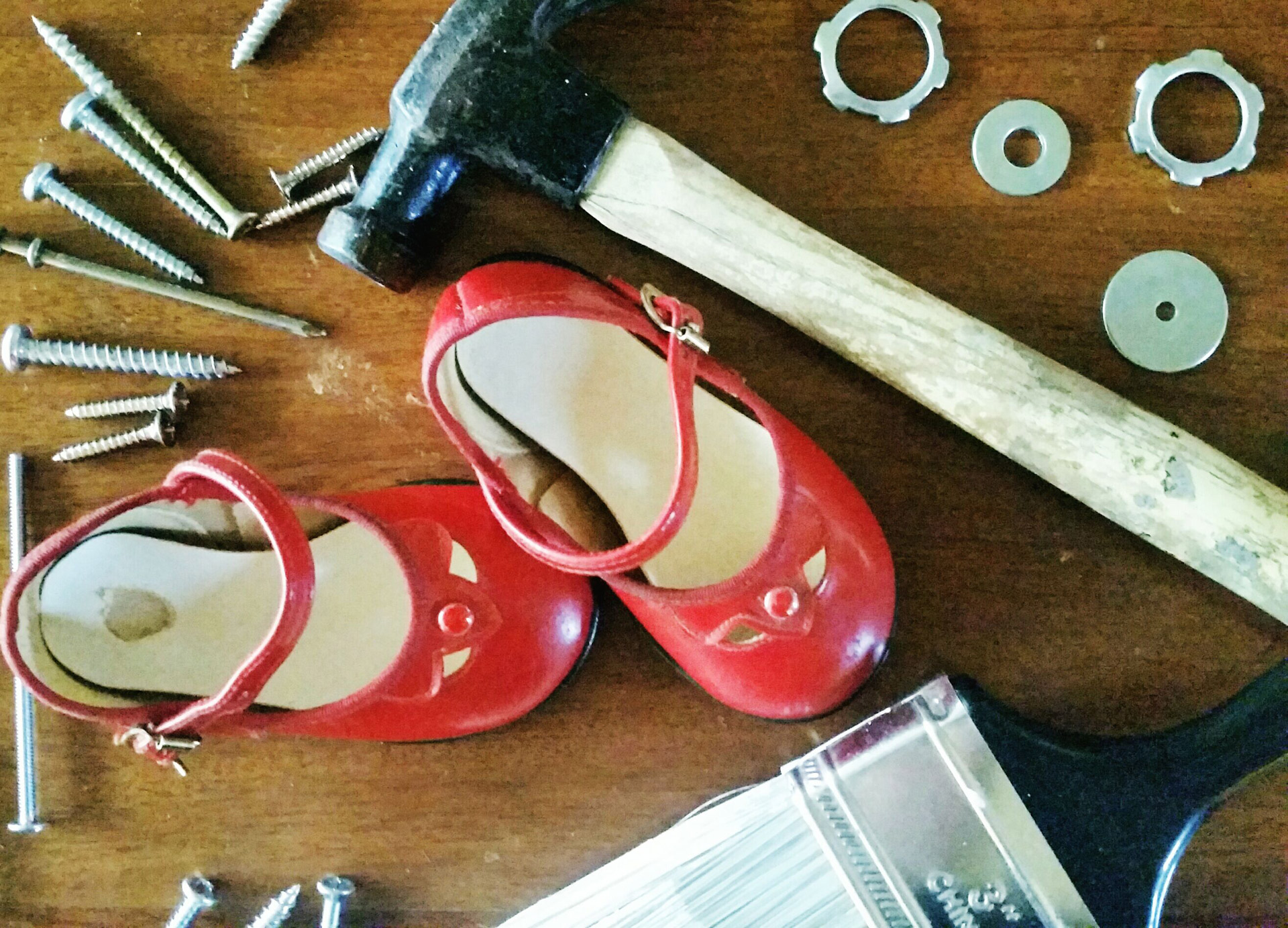

 I saved on cost by buying used and fixing up. This is the before/after of the dresser I bought on craigslist for $40. I only have this photo from my Instagram of the “original” blue. It took FOREVER to finish this 3-foot tall dresser. Or felt like forever because I was working in a hot garage at the end of summer while 8 months pregnant. Unfortunately, I never took progress pictures. So I’ll give a description of my work:
I saved on cost by buying used and fixing up. This is the before/after of the dresser I bought on craigslist for $40. I only have this photo from my Instagram of the “original” blue. It took FOREVER to finish this 3-foot tall dresser. Or felt like forever because I was working in a hot garage at the end of summer while 8 months pregnant. Unfortunately, I never took progress pictures. So I’ll give a description of my work: In the photo on the left, I fixed the alphabet to the wall with adhesive photo corners from a local craft store. They didn’t stay stuck, though. After a couple of days, the cards began falling off. So, I got some sticky tac, and they’ve been up without issue since. I really like the finished look of the photo corners, which saved on cost. It gives the illusion of framing, without the expense of actually framing.
In the photo on the left, I fixed the alphabet to the wall with adhesive photo corners from a local craft store. They didn’t stay stuck, though. After a couple of days, the cards began falling off. So, I got some sticky tac, and they’ve been up without issue since. I really like the finished look of the photo corners, which saved on cost. It gives the illusion of framing, without the expense of actually framing. 





